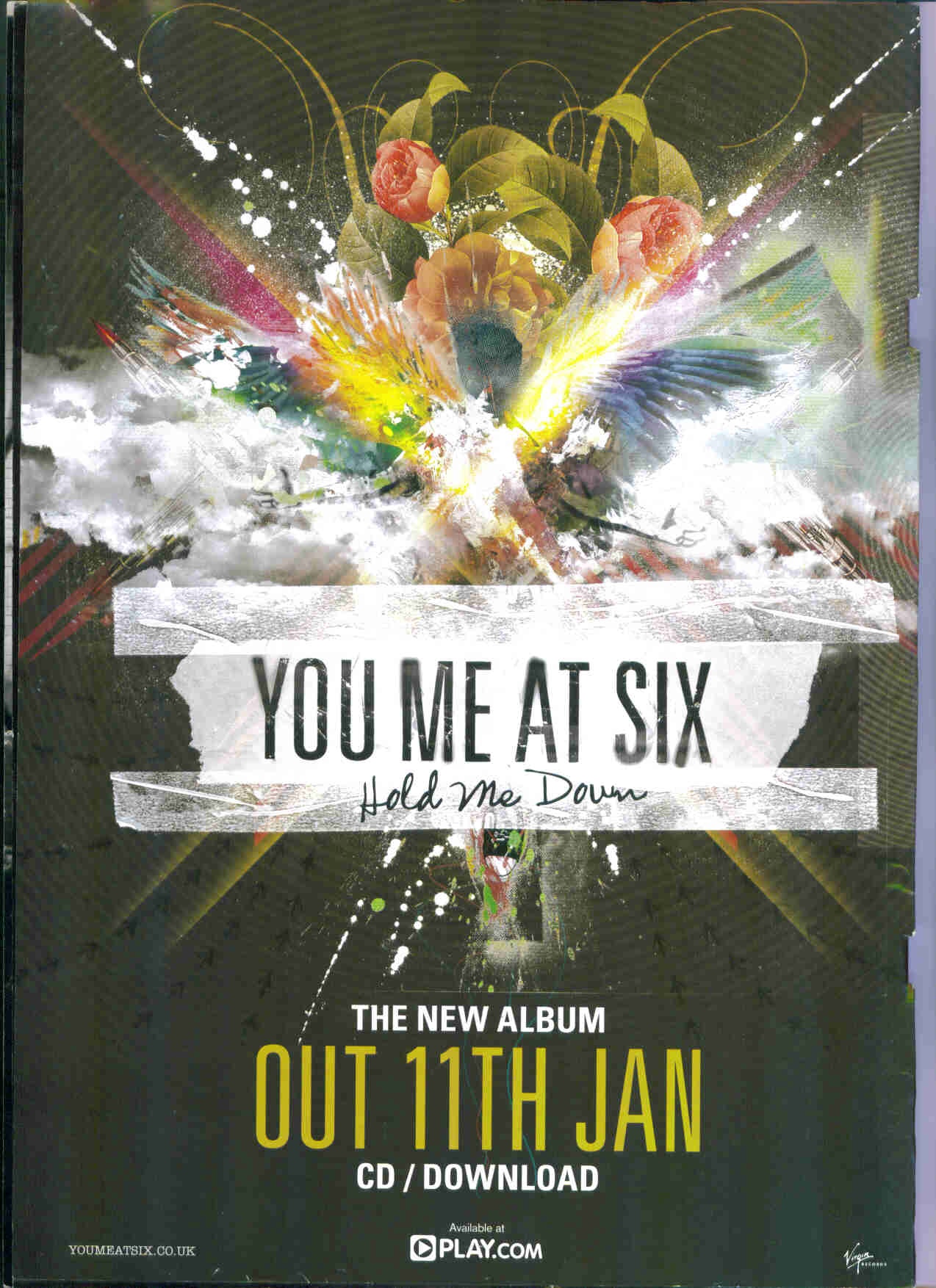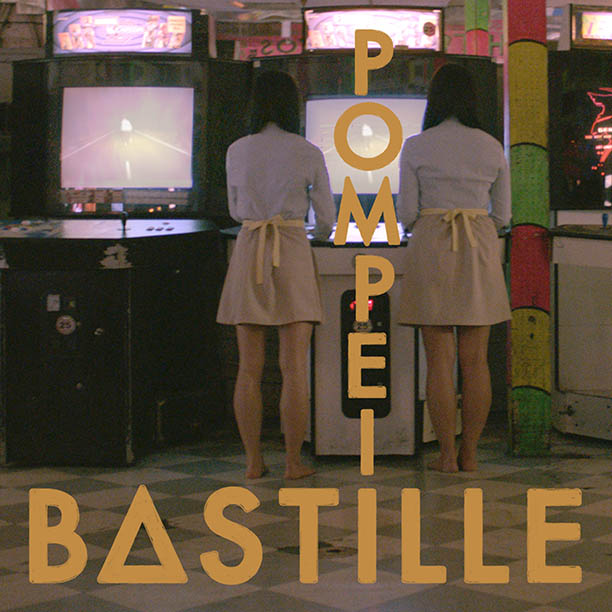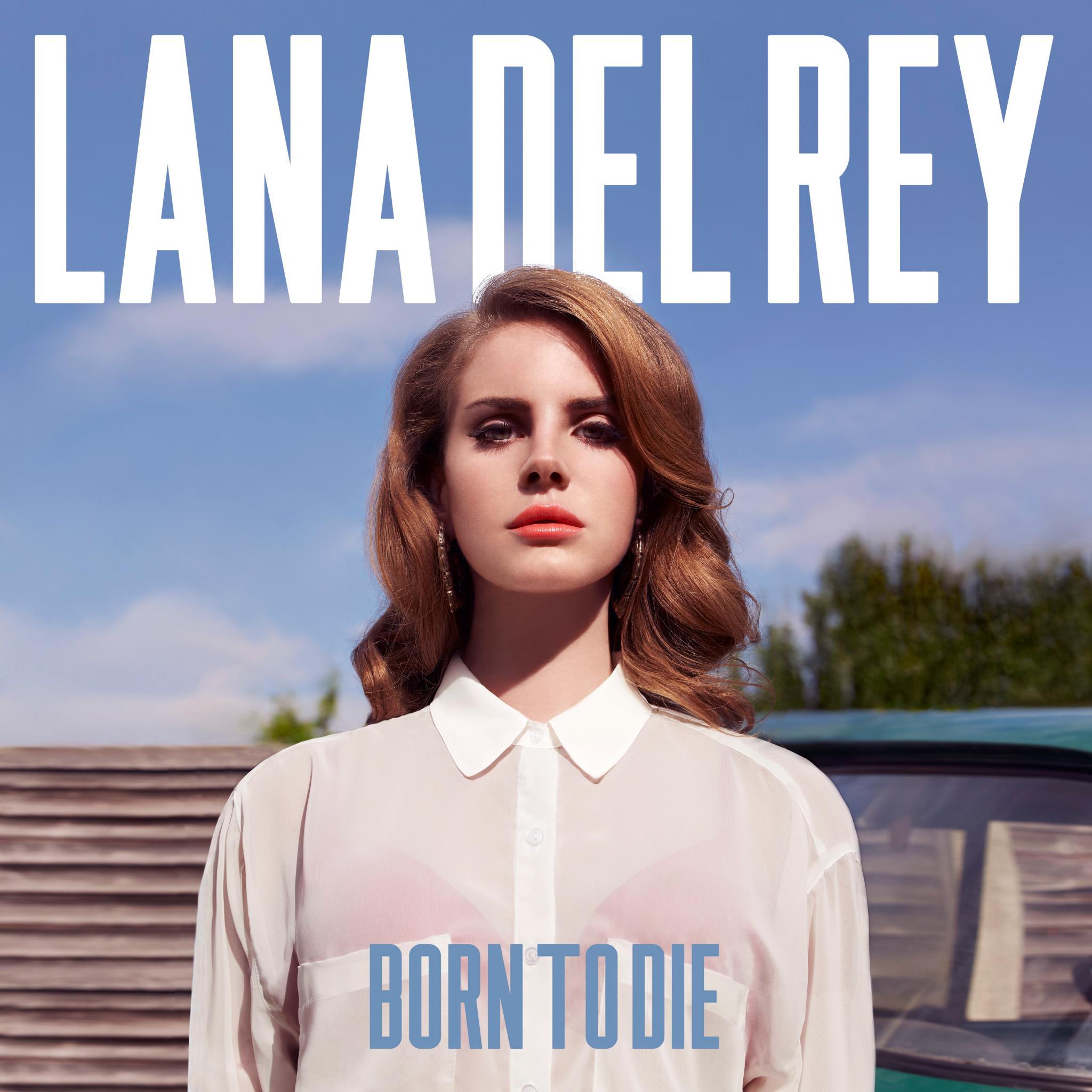








General conventions of Album Adverts:
-Artist name - this is usually the biggest text on the whole page. It's what the audience already know and is therefore used to draw their attention.
-Album name - usually the second biggest text on the page as it's classed as the second most important. The audience need to know what it is the artist is advertisement
-Date of Release - the next crucial information is when the product is due for release. This is likely to be larger than any remaining text as the audience need to know when the album is available so they can purchase it.
-Main image - the image is a dominant part of the magazine as it's what is used to catch the eye of the audience. More than often it will be the artist themselves.
These factors are vitally important to include in my own poster as they are conventions used on ALL album advertisements. There inclusion will therefore help in making my own work look like an actual media text.
Other ideas which I may want to pass onto my own text are as follows:
Sometimes artists use pull quotes from various sources, this gives the audience the chance to read a review from a third party without having to research it themselves. This can be a very effective technique as only positive reviews are used and a biased opinion is created which may be a big factor in encouraging the audience to buy the album themselves.



















